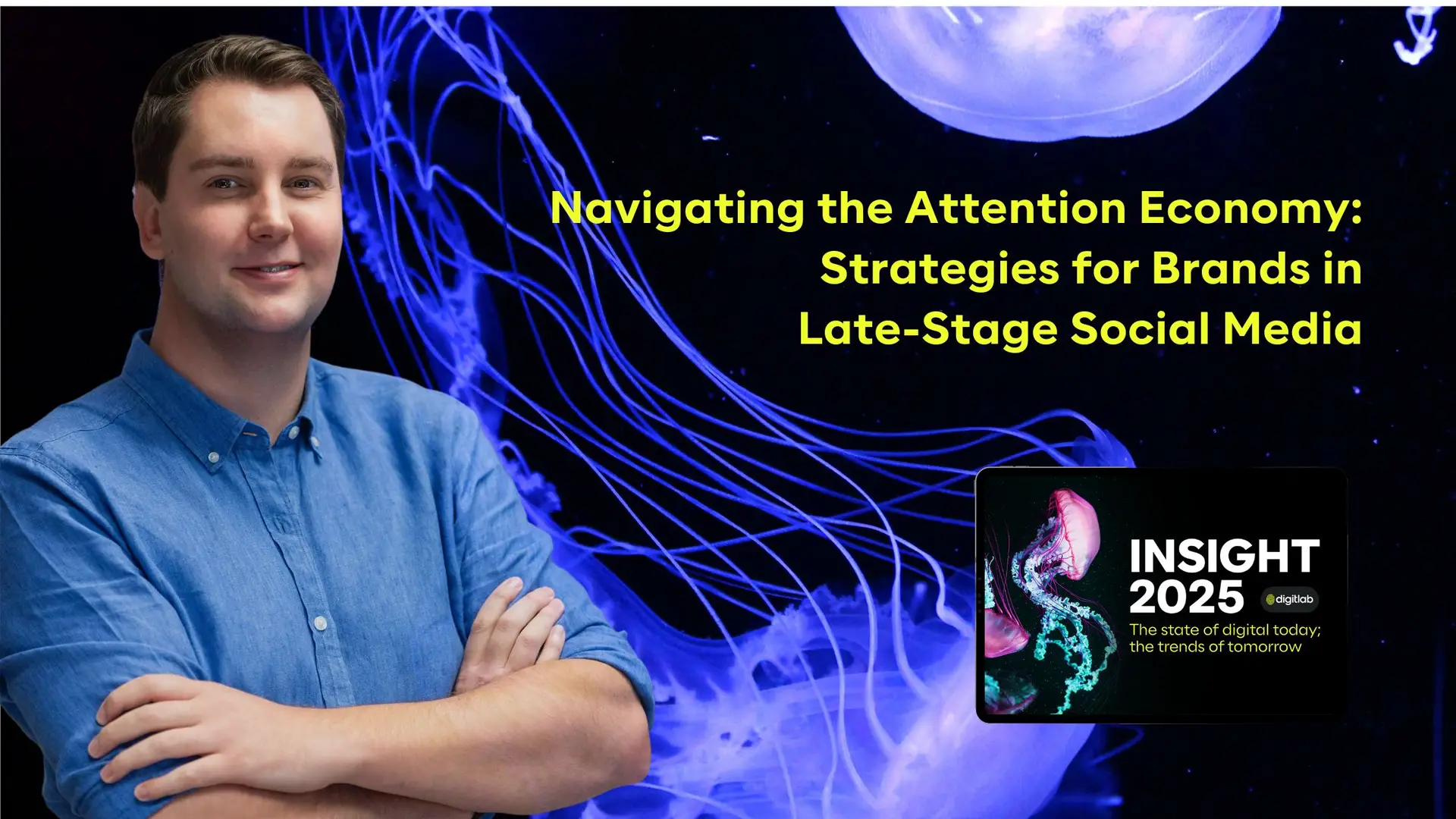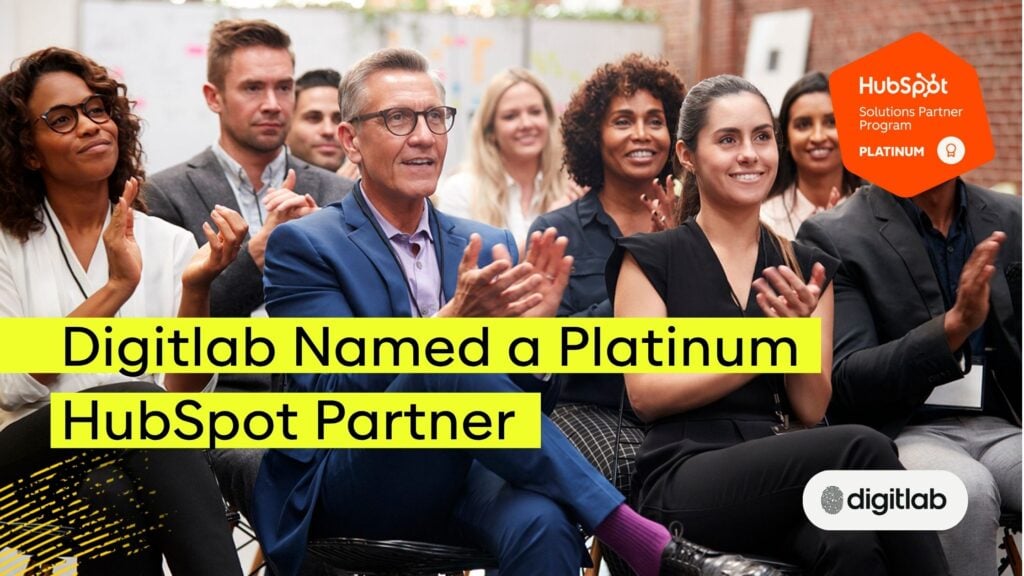In Insight 2025: State of Digital, Dan Brocklebank, Head of Consumer Insights and Strategy at Aleph Group, Sub-Saharan Africa, explores the critical challenges of Navigating the Attention Economy in his article Strategies for Brands in Late-Stage Social Media. As attention spans shrink and digital fatigue rises, Dan examines how brands can adapt by leveraging contextual marketing, authentic engagement, and consumer-centric strategies.
Introduction
The digital landscape has changed dramatically over the past decade, with consumers’ attention spans continuing to decline. Since 2019, the average daily time spent on the internet has dropped from 6 hours 42 minutes to 3 hours 50 minutes. In South Africa, where online engagement once ranked 6th globally, time spent has also decreased—from 8 hours 25 minutes to 5 hours 15 minutes—despite moving up to 3rd place. This trend highlights the growing challenge for brands: capturing and sustaining consumer attention in an increasingly crowded digital world.
Understanding Digital Fatigue
Digital fatigue happens when users become overwhelmed by the constant stream of content, notifications, and digital interactions. Endless scrolling, driven by algorithmic content delivery, often leads to passive consumption, leaving users feeling drained. In response, brands need to rethink their strategies, ensuring their content isn’t just seen, but genuinely engages.
Late-Stage Social Media: A Critical Shift
The term “late-stage social media” draws parallels to “late-stage capitalism,” where the focus shifts towards commercialisation at the expense of user experience. This concept gained traction in the late 2010s, as users grew increasingly disillusioned with platform fatigue, over-commercialisation, and privacy concerns. Platforms that once connected people are now seen as prioritising monetisation over meaningful engagement.
While there’s little we can do about these broader trends, we can still influence how brands succeed online. Let’s explore what strategies can make a difference in the near future.
The Future of Digital in 2025 and Beyond
As we look ahead to 2025, it’s clear the digital landscape is still evolving. While traditional platforms face criticism, there’s a growing interest in niche and decentralised networks that focus on privacy, user control, and authentic interactions. Platforms represented by Aleph in Sub-Saharan Africa (SSA), such as X (formerly Twitter), Snapchat, TikTok, Pinterest, and Spotify, offer unique opportunities for brands to engage audiences authentically. They enable real-time conversations, visual discovery, short-form video, and immersive audio experiences. Brands must adapt by shifting from merely pushing content to building genuine connections.
Contextual Marketing: A Solution for Modern Advertising
With digital fatigue on the rise and attention spans shrinking, contextual marketing is emerging as a key strategy for brands. Unlike traditional advertising, which often relies on broad demographic segmentation, contextual marketing delivers content that aligns with the user’s immediate environment or activity. This approach ensures ads are not only relevant but also less intrusive, making them more effective.
- Higher Engagement Rates: Ads that are contextually relevant see engagement rates 2.2 times higher than non-contextual ads, according to IAS (Integral Ad Science). By focusing on the context in which users interact, brands can create more personalised experiences that drive results.
- Ad Recall and Effectiveness: Kantar data shows that contextually relevant ads are 43% more effective at driving ad recall, as users are more receptive to ads that naturally blend with the content they’re already consuming.
- South African Context: In South Africa, nearly 63% of digital consumers report being more likely to engage with an ad if it matches the content they’re browsing (We Are Social). This presents a strong opportunity for advertisers to optimise campaigns by focusing on user context instead of broad targeting.
Platforms like X, Spotify, Pinterest, and Snapchat excel in contextual marketing, enabling brands to leverage moments, trending topics, and real-time conversations. Pinterest, for instance, is a platform where users arrive with a clear intent to discover, plan, and act, making it an ideal space for brands to connect with audiences when they’re in a receptive mindset. Spotify also offers a prime opportunity for contextual marketing, allowing brands to integrate seamlessly into users’ listening experiences, enhancing engagement without disrupting the flow.
Strategies for Brands to Navigate Digital Fatigue and Declining Attention Spans
1. Optimise for Attention, Not Just Impressions
- In an era of shrinking attention spans, capturing interest within the first few seconds is crucial. Video content, particularly short-form videos, has proven to be effective, with platforms like TikTok leading the way. Similarly, Snapchat’s ephemeral content fosters immediate, attention-grabbing interactions.
- Research from Think with Google indicates that videos combining visuals and sound can boost ad recall by up to 60%, highlighting the importance of investing in engaging, high-quality content.
2. Balance Brand Marketing with Performance Marketing
- It’s tempting to focus solely on performance marketing for quick results, but long-term success depends on a strong brand presence. Research by WARC shows that brands maintaining awareness spending for at least ten months see a 27% stronger Return on Ad Spend (ROAS) compared to those who stop after three months. This approach also leads to a 41% lower Customer Acquisition Cost (CAC).
- Ipsos data underscores the role of creativity, attributing 50% of advertising success to creative elements, which means balancing performance with brand marketing is key.
3. Leverage Deep Consumer Insights
- Understanding consumer behaviours across digital channels is critical. Brands need to look beyond simple demographics and tap into psychographic and behavioural insights to refine their strategies. Through partnerships with Aleph, brands can gain a deeper understanding of their audiences on platforms like X, Snapchat, Pinterest, and Spotify.
- Contextual marketing, rather than relying on broad segmentation, can drive more personalised interactions, resonating with the target audience’s current mindset.
4. Embrace Authenticity and Transparency
- As social media matures, users are becoming more discerning and wary of inauthentic brands. Focusing on storytelling that reflects genuine values, encourages user-generated content, and builds trust is essential. Platforms like TikTok and Snapchat excel in fostering spontaneous, transparent interactions, ideal for building authentic engagement.
- Platforms like X also support transparent, real-time conversations, making them a go-to for brands aiming to engage authentically.
5. Invest in Upper-Funnel Activities
- Upper-funnel marketing activities, like brand awareness campaigns, might take longer to show ROI, but they’re crucial for sustained success. Brands that rely solely on performance marketing often find their campaigns becoming costlier and less effective over time.
- Continuous testing, including brand lift studies, helps optimise campaigns. Leveraging platforms like Spotify can be especially powerful for creative and audio-based engagement, reaching audiences at scale while seamlessly integrating branded content into the listening experience. With over 10 million freemium users in South Africa, Spotify offers mass reach and highly effective contextual marketing opportunities.
- WARC reports that targeting consumer mindsets, rather than just demographics, can increase ad effectiveness by up to 48%, demonstrating the value of contextual, upper-funnel advertising.
Aleph: Empowering Brands in South Africa
Aleph empowers brands to navigate this evolving landscape. Our data and insights, creative support (Selva by Aleph), and education initiatives equip brands with the tools and knowledge to succeed. Through strategic partnerships with leading platforms and a deep understanding of the South African consumer, we help brands build meaningful connections and achieve their business objectives.
Conclusion
The evolving digital landscape presents both challenges and opportunities for brands. As attention spans decrease and digital fatigue grows, brands must adapt by creating meaningful, authentic, and strategic engagements. Understanding the nuances of late-stage social media and balancing brand-building with performance marketing allows brands to not only capture attention but sustain it, driving long-term growth. With diverse tools and insights available across platforms like X, Snapchat, TikTok, Pinterest, and Spotify, brands can navigate this new digital era effectively. Contextual marketing, in particular, lets advertisers connect with consumers in moments that matter, delivering messages that feel relevant and timely without disrupting the experience.
You can read more from our other contributors and download the full report here: https://digitlab.co.za/digital-trends-report/





